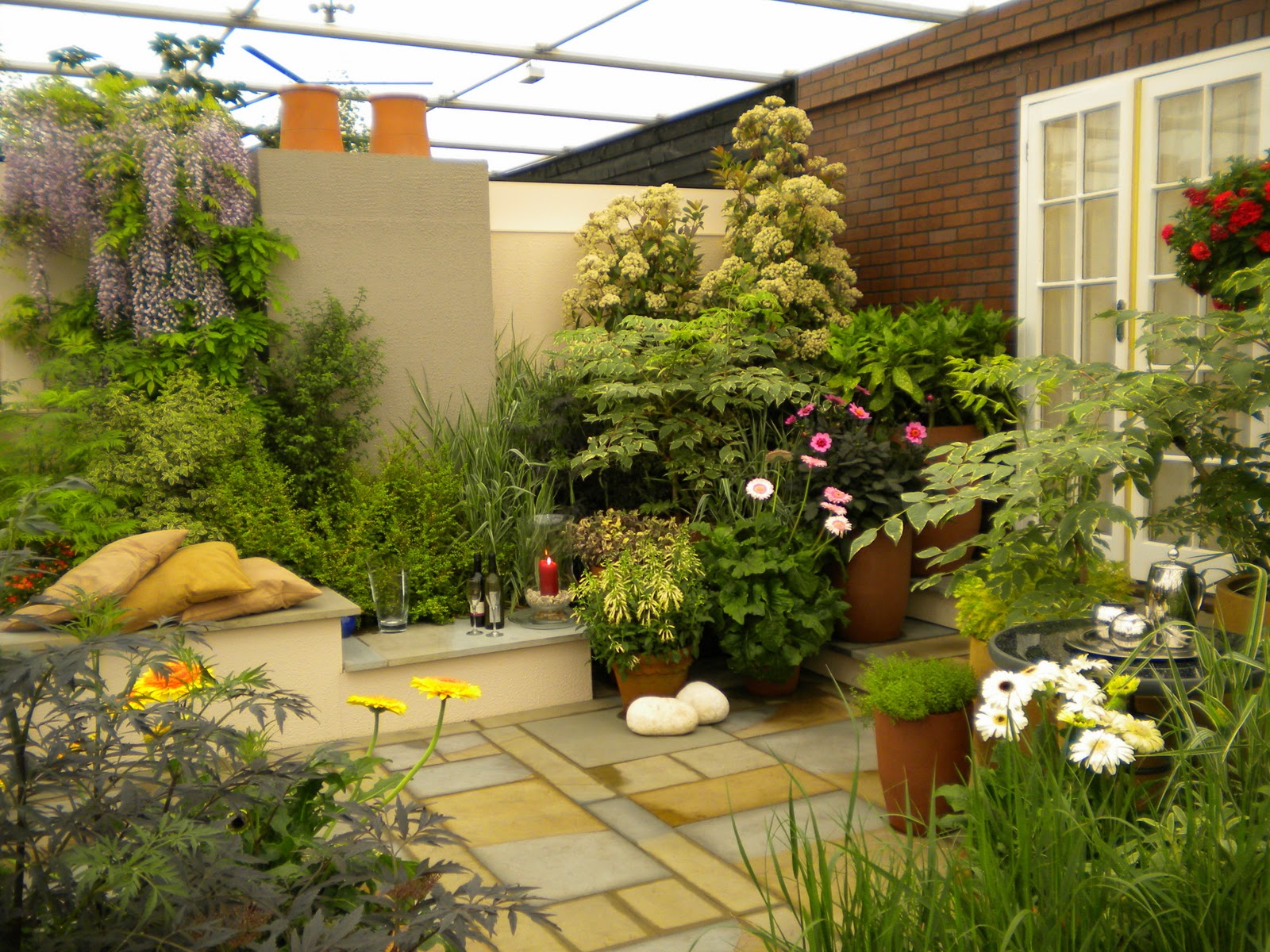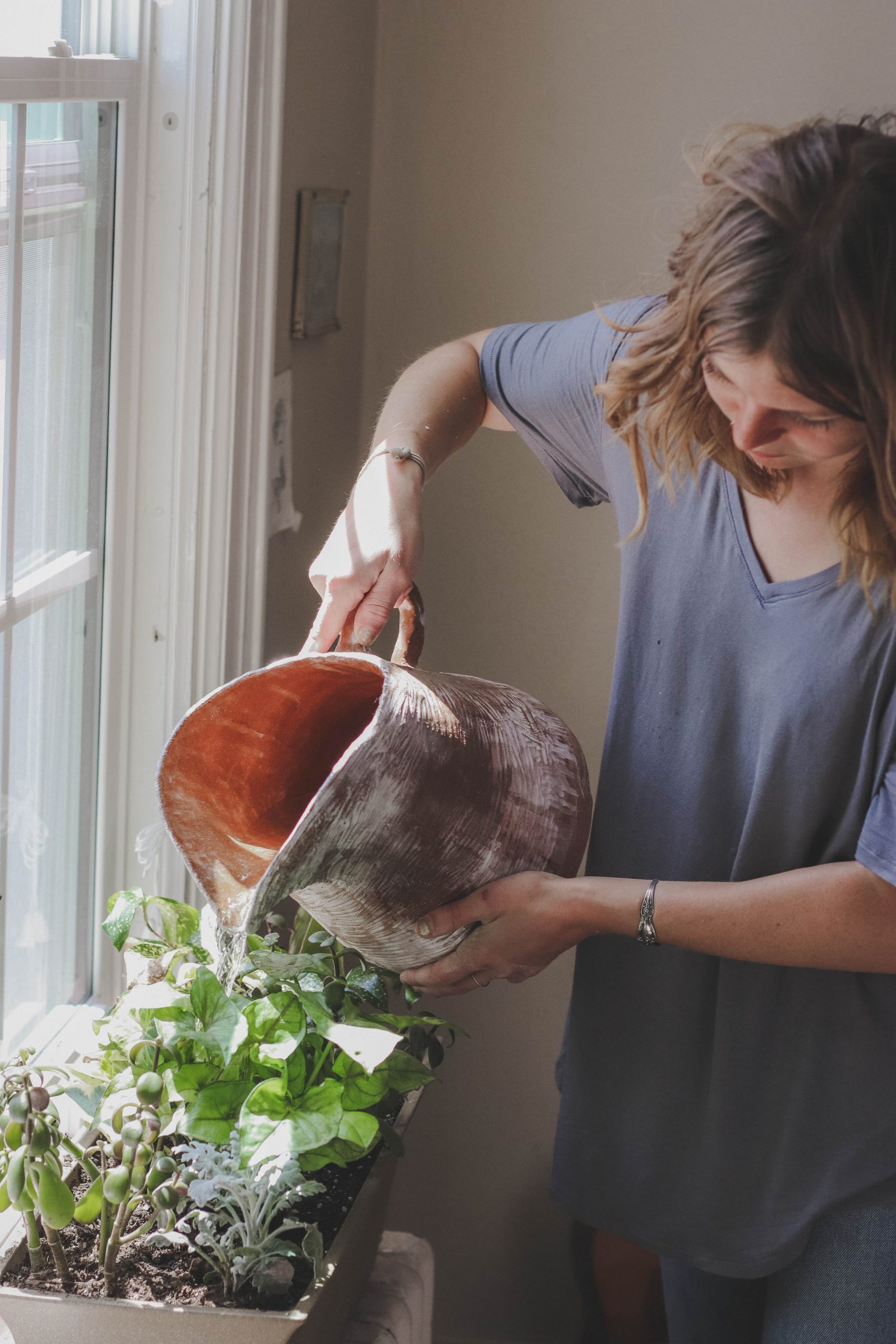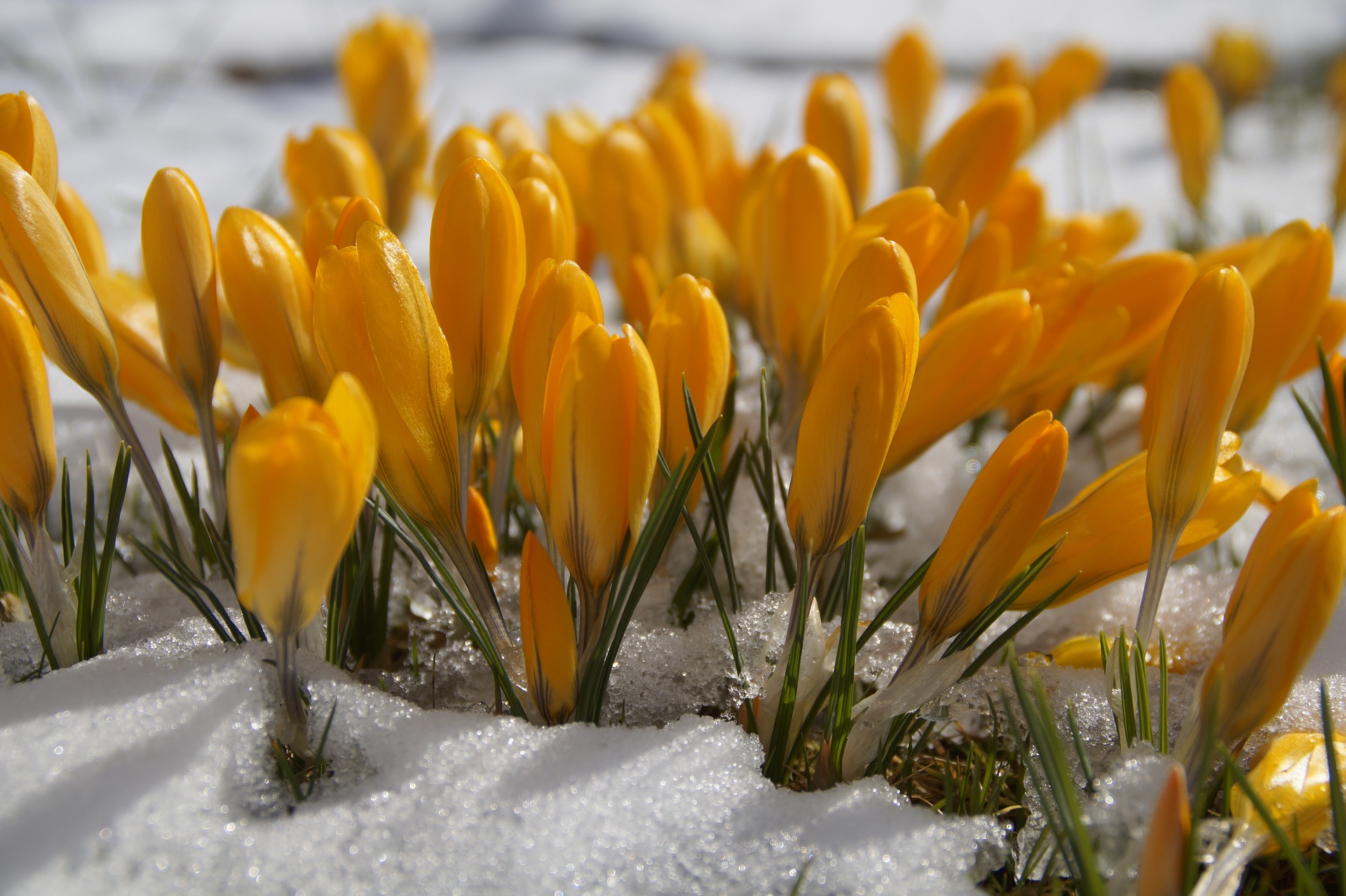Despite the continuous disappearance, on a large or small scale, of certain animal and plant species, our planet is still rich in biodiversity. Although a large number of living species (animal, plant, terrestrial or marine) can be found on almost every continent, there are still species that are specific to a geographical area to a country. Some of these species contain medicinal plants. Speaking of medicinal plants, is it true that magic plants that cure everything exist? So, without further ado, let’s dive into this blog and learn more about the subject at hand.
Neem

The neem caught our attention by assembling various information shared by a few sources on the internet, including Wikipedia. Also called neem, neem is a plant native to Southeast Asia. However, it can be found all over the world (in Egypt, Mauritius, Central America, etc.). It is a large tree that can measure up to 15 meters in height.
The neem is very famous for its multiple virtues. It can be used to fight against insect pests in the field of agriculture as well as parasites, including malaria vectors. It is excellent care for dry skin, oily skin, and/or acne-prone. Neem also helps to eliminate dandruff and lice in the hair.
Whether it is for a facial or for treatment against dandruff on the hair, the method of use of neem is generally the same. Its seeds are ground into powder; the leaves are air-dried and crushed; it can also be found in the form of oil. It can be used as a mask or a poultice.
According to ecolomag.fr, “The neem seed would have hypotensive virtues, useful in the prevention of cardiovascular diseases. Numerous studies on the limonoids of the neem seed indicate a strong anti-inflammatory and analgesic potential, exploited to relieve pain, especially those caused by arthritis.”
Having immunostimulant properties, neem oil allows our body to strengthen the immune system. It also helps in the treatment of various deadly diseases such as cancer, diabetes, cardiovascular accidents, etc. It is also a good remedy against fungi and bacteria with a wide spectrum.
Moringa
Also well known for its many virtues, the moringa is a fast growing tree (usually small) native to India. Moringa leaves contain three times more potassium than bananas (known for their high concentration of potassium), four times more calcium than milk, seven times more vitamin C than oranges, and four times more vitamin A than carrots, which makes its composition so special.
According to doctissimo.fr, the consumption of moringa (the fruit) is even part of the daily diet of the inhabitants of India, unlike the population of Africa, who consume more leaves. The moringa helps fight against anemia (iron deficiency) and strengthens the immune system. It is, so to speak, for all these reasons that its use should be included in programs to fight malnutrition.
In addition, the consumption of moringa naturally helps prevent diseases related to blood pressure, treat cancer, and diabetes, lower cholesterol levels, treat asthma, etc. In a few words, moringa and neem can be considered magical plants that cure everything. Nature has so much to offer that we all need to show respect to it. Let’s protect our environment!
Mandrake

The mandrake (Mandragora officinarum) is one of the plants reputed to be “magical” to such an extent that no other plant has been able to compete: thanks to all sorts of curses, it was believed to be able to cure many diseases and to confer specific powers. In reality, it acted as a hallucinogen: its narcotic, toxic, and dangerous properties have supplanted, today, its magical aura.
A native of the Mediterranean basin going from Italy north to Turkey while passing by Greece and the west of the Balkans, the mandrake, which has become rare, is a relatively rustic perennial plant (-10°C) characteristic of the uncultivated places and the edges of ways, but which does not meet in France.
It forms a rosette flattened on the ground, with long oval, lanceolate, thick, grayish green, embossed leaves (20 to 30cm), with wavy edges, from which emerge flowers (1 to 3cm of diameter) campanulées pale purple, blue or greenish, in bunches. They are followed by fleshy, yellow-orange, spherical berries (1 to 3cm).
Sound off in the comments section below and tell us what you want to read next and if you want to read more about plants.



